Over the last decade, Asian horror cinema has become a major cultural export that has breached the international markets, as more exposure than ever before has shown off the immense talent making genre films over the years. Getting a chance to see the work of many different individuals in this part of the world has highlighted the work of Yeon Sang-ho, Joko Anwar, Kimo Stamboel, Timo Tjahjanto and Yoshihiro Nishimura, to name just a few, from out of the shadows of their home countries to the world at large.
Several trends emerged throughout the decade as time rolled on. The first is the South Korean onslaught of talent that emerged where the country ascended to the top of the genre market, and international acclaim and awards followed. They proved time and again that they were developing a core of talented and creative technicians that churned out some of the most chilling and impressive titles of the decade. That is a sure sign of the incredible work present in the country at the moment and speaks to the high excitement generated at the potential to come.
Likewise, the other impressive note to see about the decade as a whole is the remarkable step Indonesia made into the genre as a whole. An explosion of talent emerged in the latter half of the decade spearheaded by Anwar, Tjahjanto and Stamboel but also included stellar work by other figures including Rocky Soraya, Rizal Mantovani and Awi Suryadi who are just a few of the names propping up the work in the country. Furthermore, with Thailand, Taiwan and Hong Kong providing some additional support to their Asian brethren and featuring some diversity with Mattie Do of Laos for good measure, the genre is in bright hands heading into the future.
The order of this list could be different of course and the number much bigger, but our effort was towards presenting great films and not cataloguing all of them, always with a focus on diversity in style, themes and filmmaker
Therefore, in reverse order, we present our choices for the best Asian Horror films of the best decade.
40. Mai Chan's Daily Life (Sado Sato, 2015, Japan)
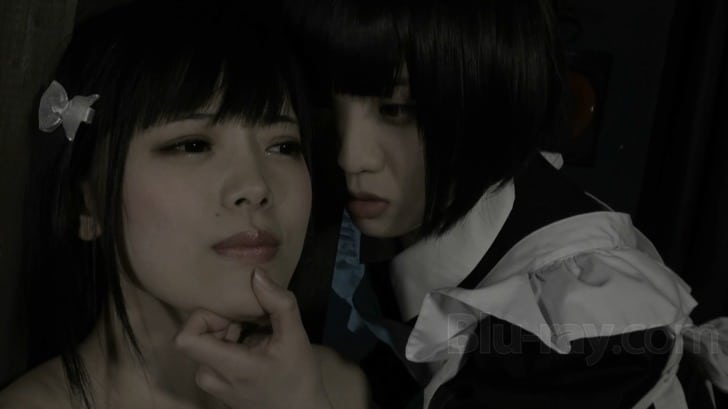
The film is obviously low budget, a fact exemplified by the stereo sound, but the other departments do a nice job of depicting the distorted atmosphere Sato wanted to present. In that fashion, Zerai Naoi's special effects are great, particularly the depiction of blood, Anzu has done a great job on the costumes, and Yuqwe. composed some fitting tracks that move in noise or baroque style. The fact that most of the violent scenes are in black and white stresses their effect, and the way the various chapters are introduced, in silent movie style, is quite fitting. (Panos Kotzathanasis)
Buy This Title

39. Helter Skelter (Mika Ninagawa, 2012, Japan)
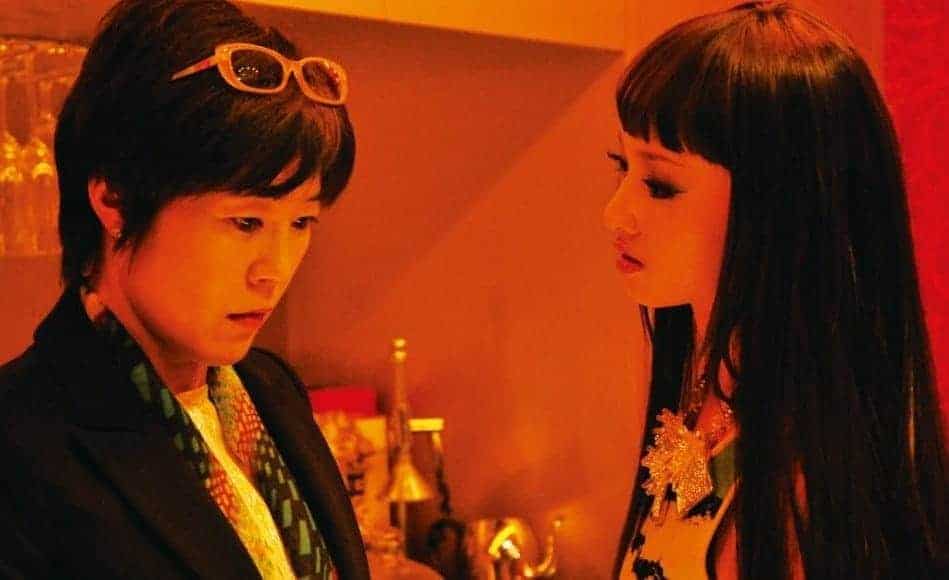
The director, Mika Ninagawa presents us with another visual object of virtu, six years after her last movie, Sakuran. Chiefly a photographer, Ninagawa gives great attention to the cinematography, costumes and the overall design of the movie, bathing it in vivid colors and extreme images. Helter Skelter, though, is so much more than an optical extravaganza. (Panos Kotzathanasis)
Buy This Title
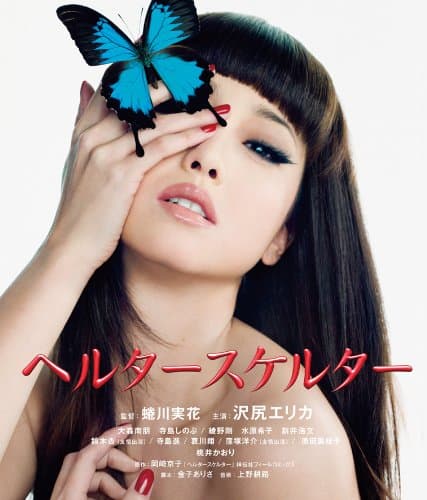
38. Guilty of Romance (Sion Sono, 2011, Japan)
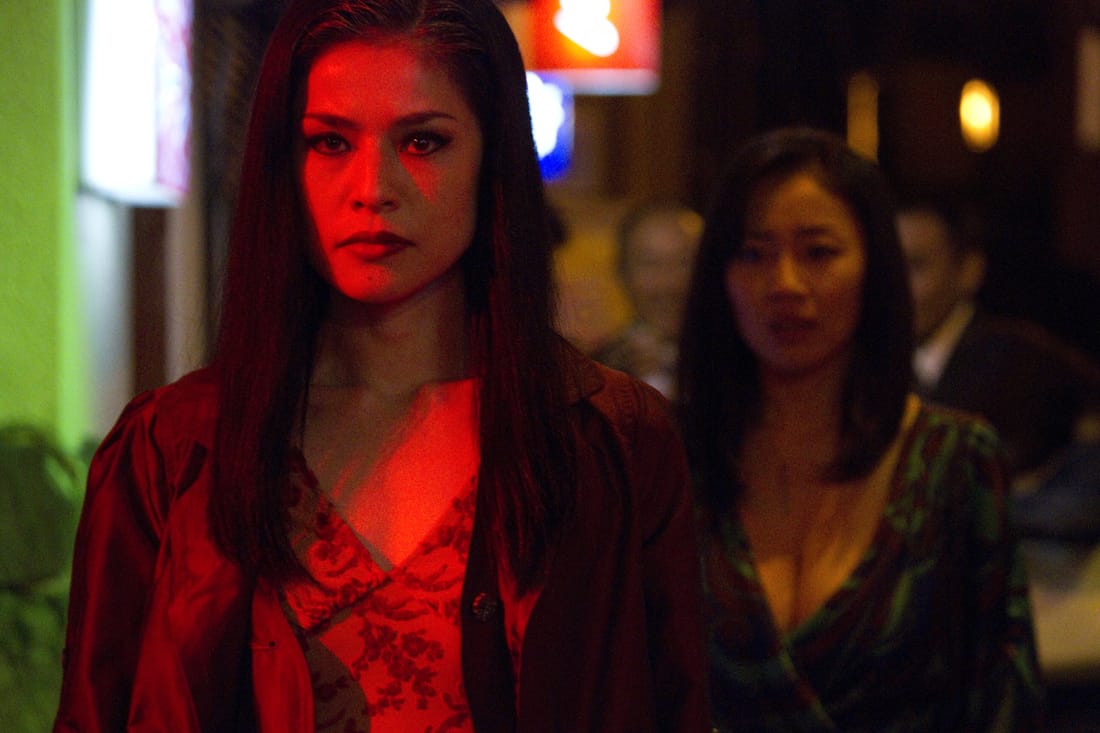
Sion Sono directs and pens a film proving how well he can handle the extreme. His usual tactic of leaving little or nothing to the imagination, finds its peak in “Guilty of Romance”, both in the erotic and the violent scenes. The former are the most exquisite, chiefly due to the physiognomic antithesis of the two main leads: Megumi Kagurazaka, a former gravure idol who plays Izumi is voluptuous, whereas Makoto Togashi, as Mitsuko, borders on anorexic. (Panos Kotzathanasis)
Buy This Title

37. The Eye's Dream (Hisayasu Sato, 2016, Japan)
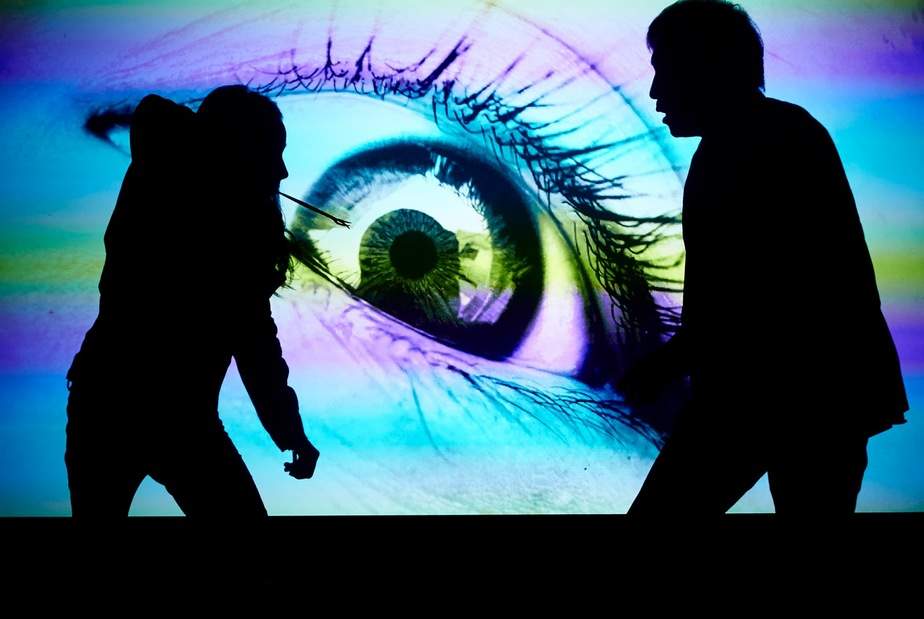
Hisayasu Sato directs a paranoid film where the borders between fantasy and reality are very thin, and is filled with abnormal eroticism and sadism, that seems to draw much from George Battaille's “Story of the Eye,” as, for example, regarding the use of eye bulbs during the sex scenes. Apart from that, the film is filled with lengthy, steamy, and occasionally abnormal sex scenes and gore, which is usually turned towards people's eyes, not to mention phrases like “Raping you was so spectacular” and “Let me lick your eyeball.” (Panos Kotzathanasis)
36. Dukun (Dain Said, 2017, Malaysia)
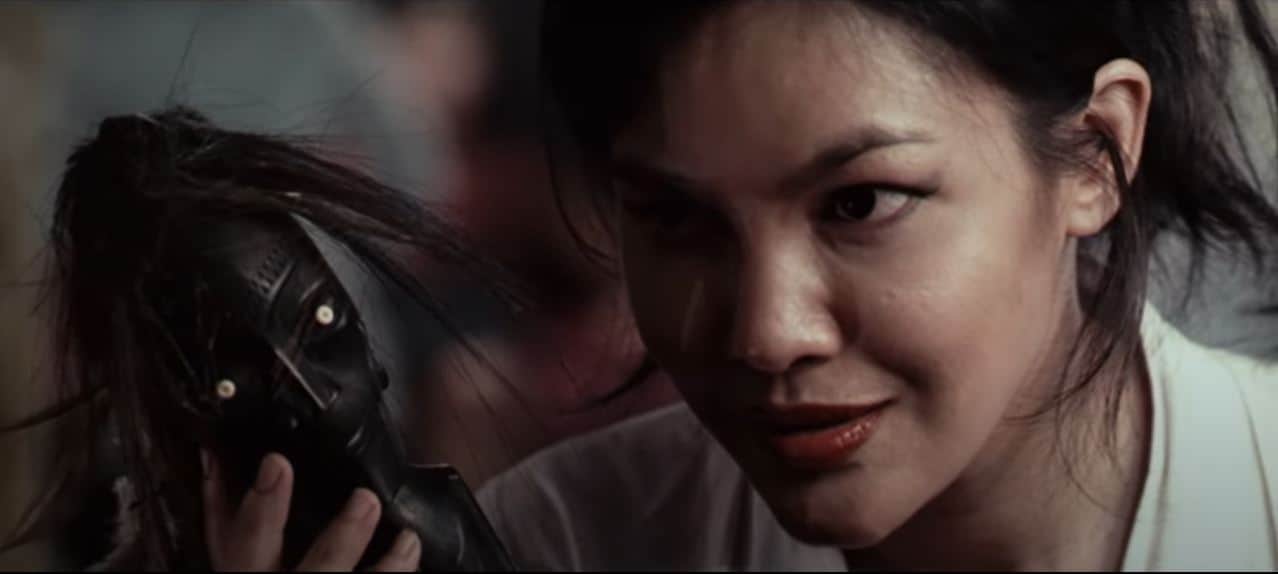
Taken solely as a straightforward film, this has some rather enjoyable elements. One of the more worthwhile elements to ‘Dukun' is when the film focuses on horror. Starting off with the discovery of the dismembered body found in the ritualistic condition and manners offers a strong entry point that is greatly enhanced by the rather chilling sequences in the prison. Forcing the inmates in the cell with her to act in mannerisms strongly suggesting possession, from contortion and speaking in tongues to licking the cell-wall and attacking those sent in to calm them down. (Don Anelli)
35. Beauty Water (Cho Kyung-hun, 2020, South Korea)

At its core, “Beauty Water” is a true body-horror feature, comparable to the early works of directors such as David Cronenberg. Even though there is no parasite entering the body of the protagonist, she allows her body to be changed, shapes it into a form which paradoxically is both her self-image, but also the images the public finds attractive. Cho Kyung-hun shows how the obsession with beauty causes a psychological disorder, a problematic fetish with one's body that is in constant need of “maintenance” or “optimization”, thus becoming another “invisible wall” for the character as every body has its limits. (Rouven Linnarz)
34. Brutal (Takashi Hirose, 2017, Japan)
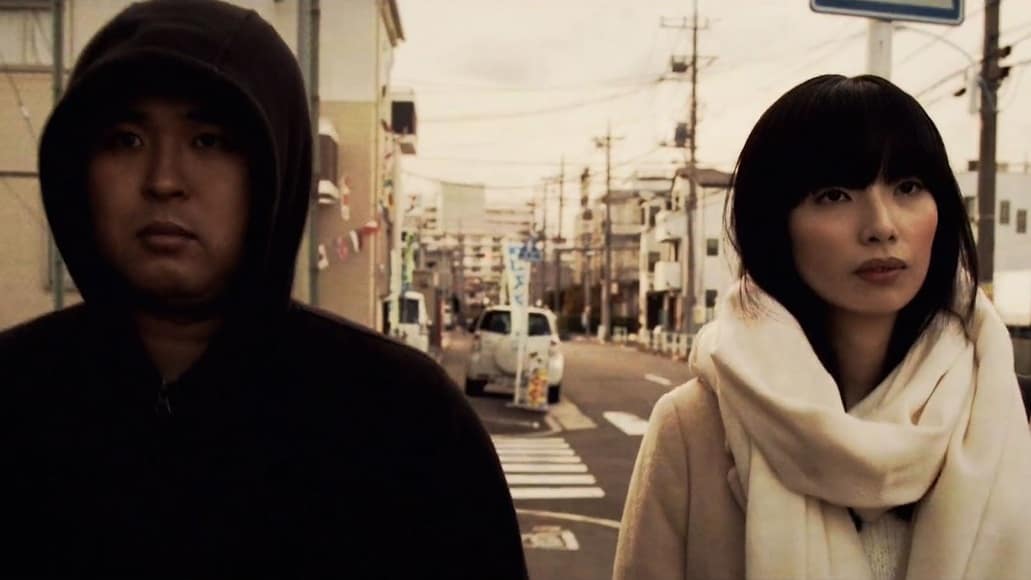
However, what really sells the film is the unique and decidedly unconventional approach this takes to providing a love story within the confines of a genre story, courtesy of writer/director Hirose. The sense of identity they both share, being of the opposite sex but clearly of the same mindset, the film provides the idea of two interconnected parts that should come together to make a whole with their broken psychological states generating a perverse setup for this storyline. The ending they share together is a macabre twist to the usual romance film, and with all the blood and viscera spilled throughout beforehand, there's a rather intriguing and wholly unique spin that's fun to see play out. This is all truly fun if not enough to overcome its minor flaws. (Don Anelli)
Buy This Title
33. Rigor Mortis (Juno Mak, 2013, Hong Kong)
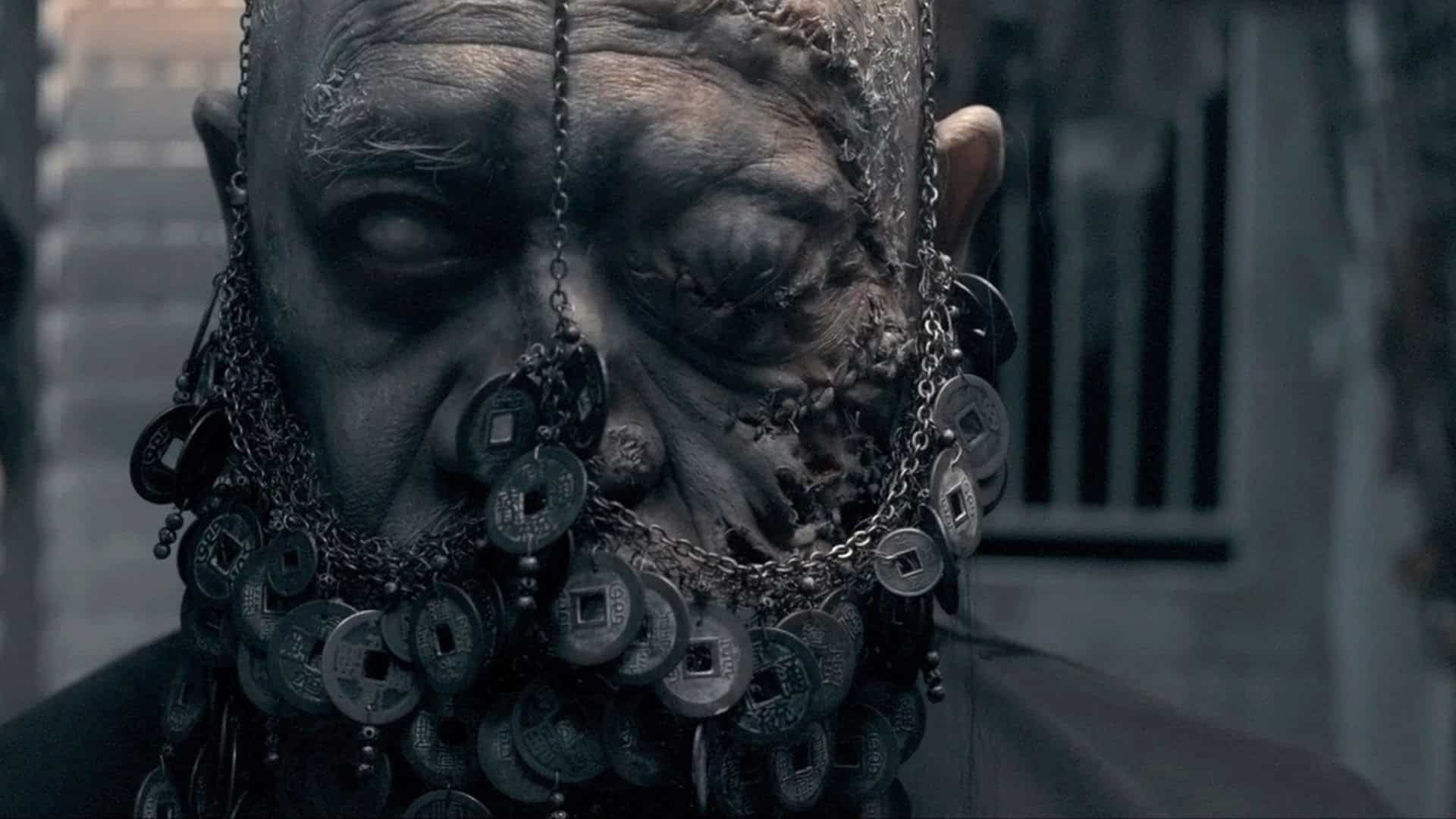
“Rigor Mortis” is a well-balanced, modern update of both 80s Hong Kong and Japanese horror genre filled with interesting characters that you care about. Juno Mak didn't use lots of blood or gore to tell his story or to shock the viewers; in fact, the slow pacing actually helps to bring out the movie's spooky and gloomy atmosphere. There are lots of references to traditional Chinese mythology with a touch of Japanese horror, courtesy of a pair of long-haired ghostly twins. (David Chew)
Buy This Title
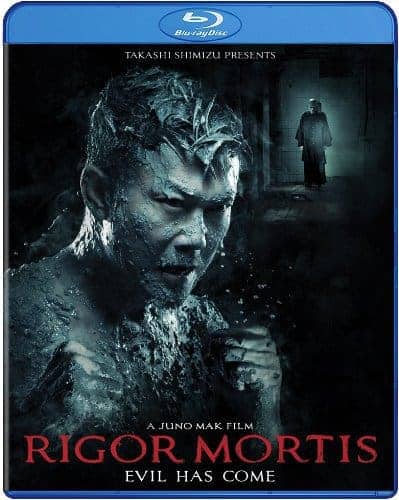
32. Over Your Dead Body (Takashi Miike, 2016, Japan)
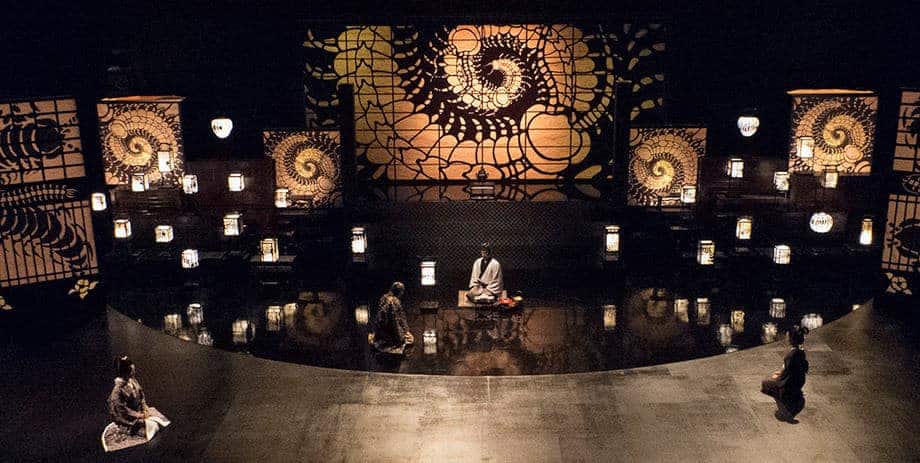
Takashi Miike directs a horror film that moves on two axes. The first is the actual life of the actors, including the intrigues among them in the rehearsals, and the second is the actual play, with the borders between the two becoming blurry after a while. The horror element is subtle in the beginning, but as the film progresses, it takes its usual place in Miike's pictures, with a number of grotesque scenes (including one which is very difficult to watch, regarding a woman performing an abortion on her own) and bloodbaths. (Panos Kotzathanasis)
Buy This Title
31. Nirvana Inn (Vijay Jayapal, 2019, India)
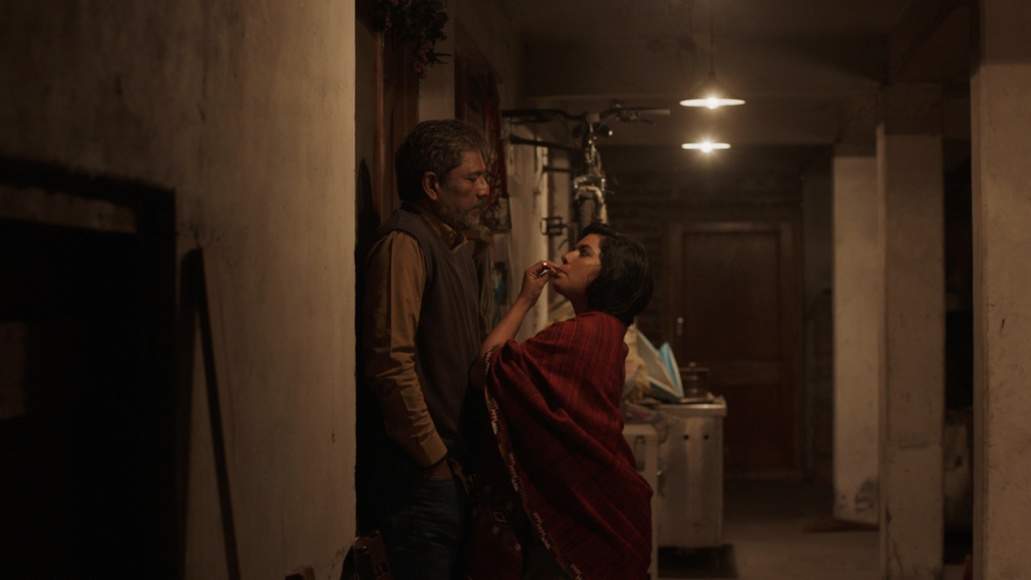
The script for the film is engrossing, making it difficult to point to any given moment as really excelling. Admittedly, the film does become a bit tedious in the second half, but feels like ‘too much of a good thing'. This does not mean that it feels padded, as every interaction does well to deepen the narrative. However, a faster pace could have helped the ending have a bit more weight. Overall, the script ensures that the audience does not have all the pieces of the puzzle, adding a layer or mystery on top of its stunning visual presentation. (Adam John Symchuk)


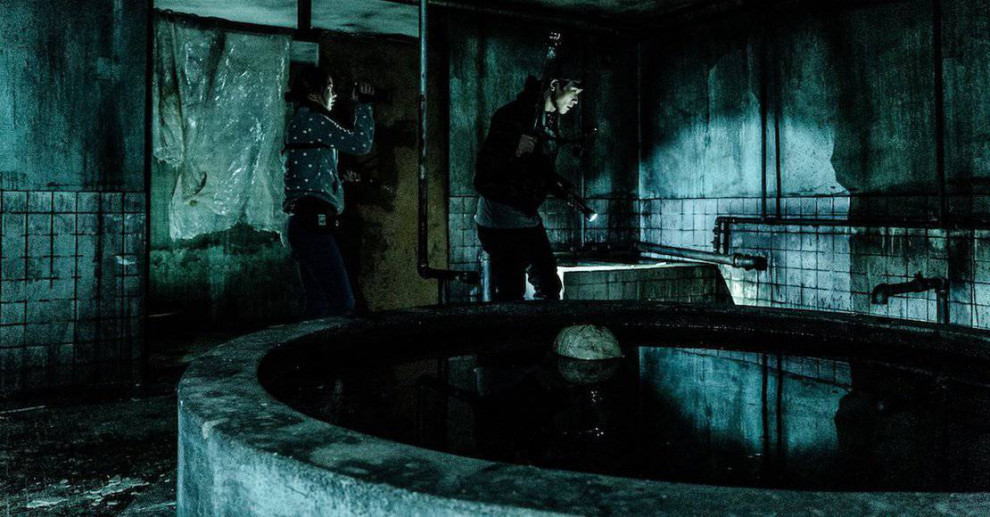




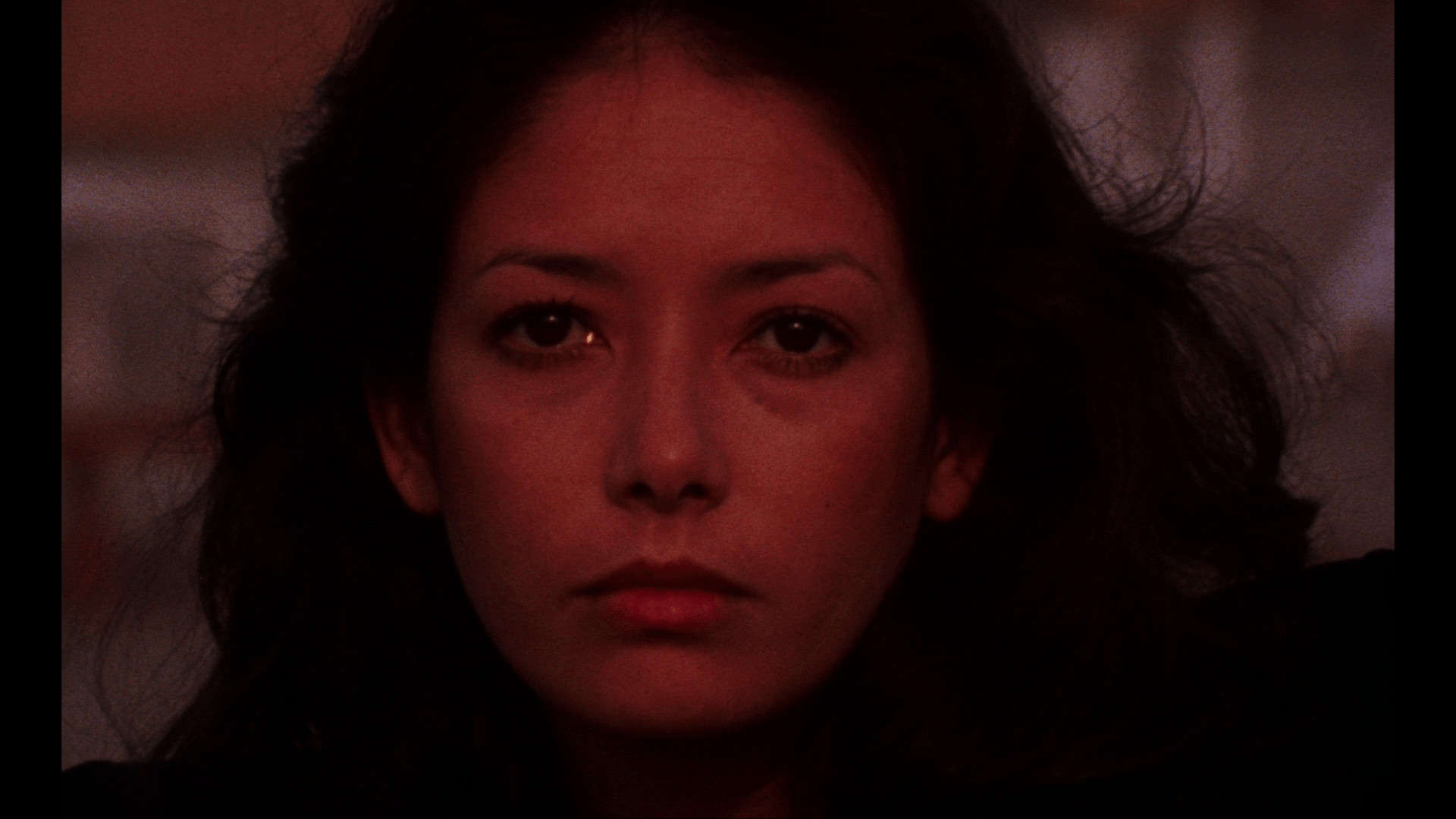
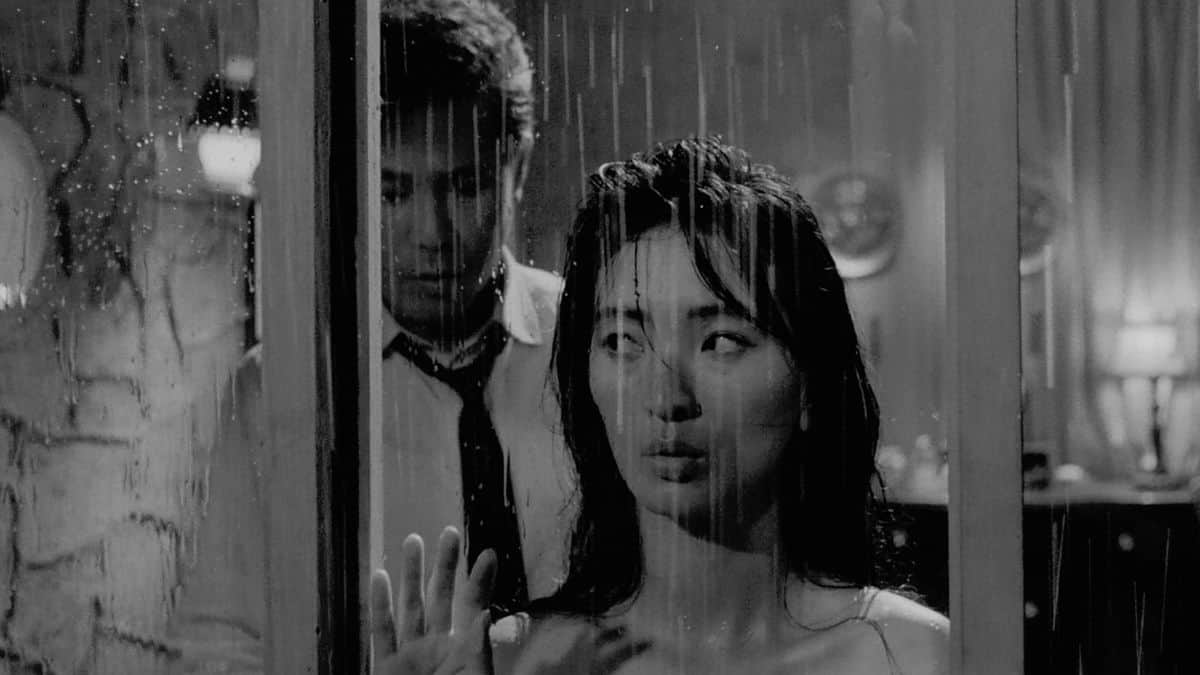
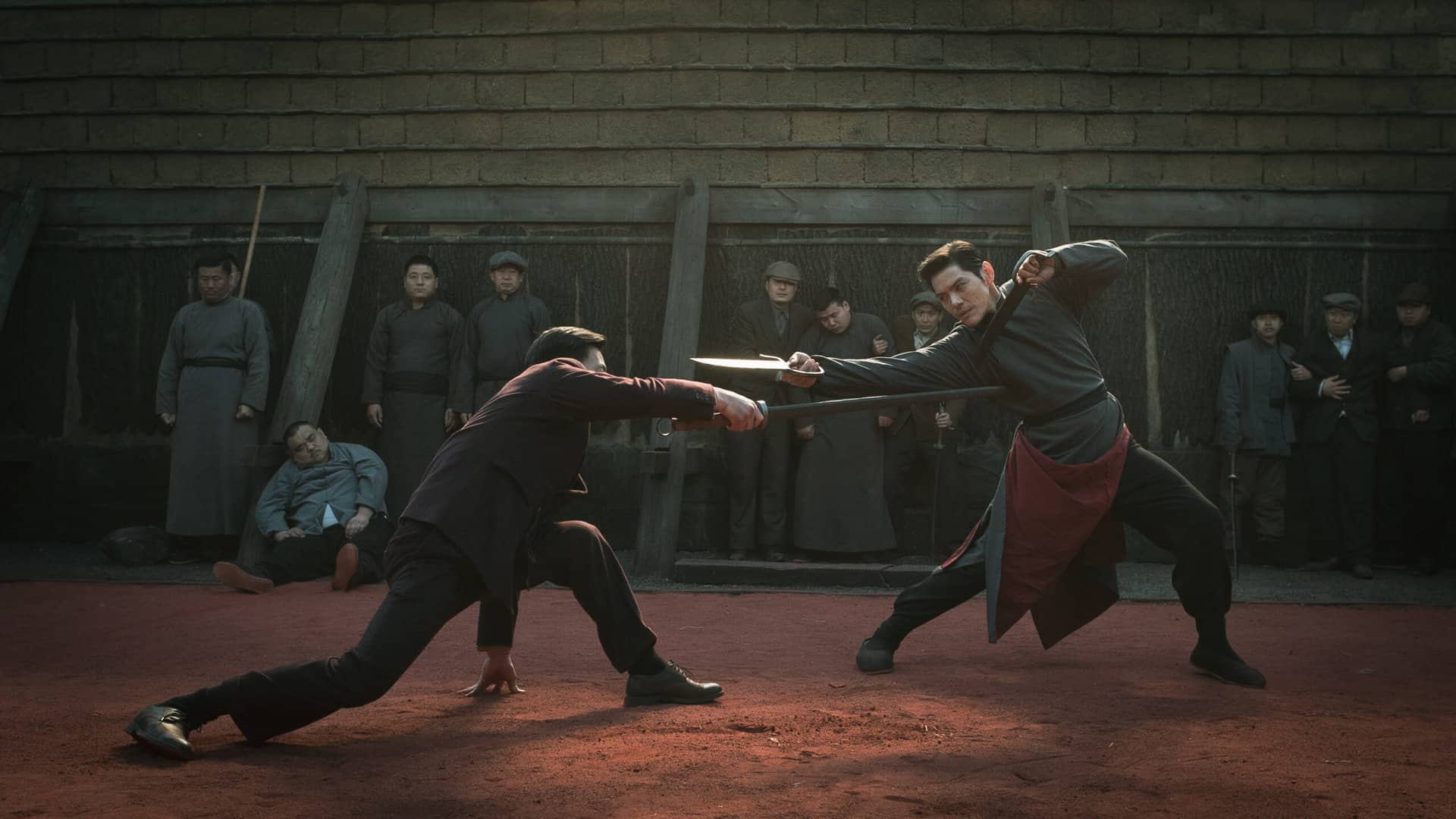

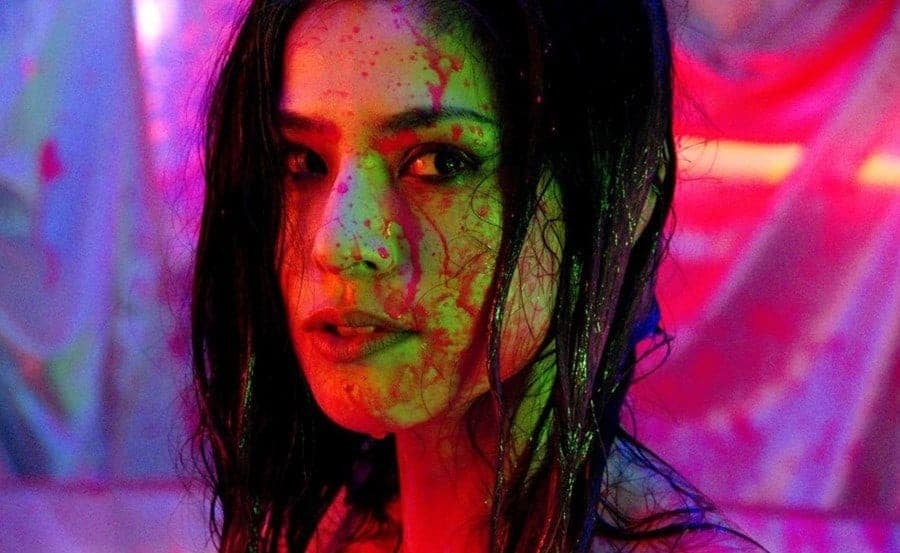
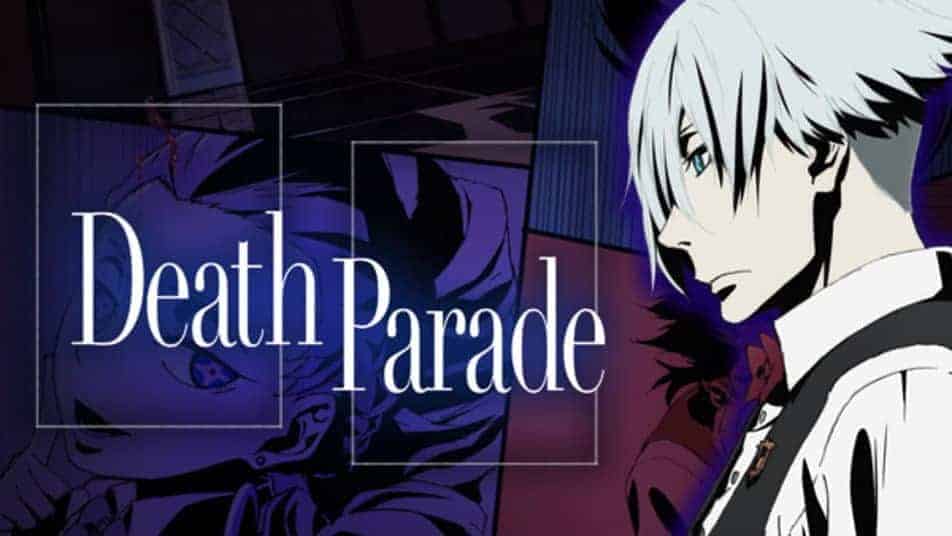







You missed the bollywood movie Pari (2018) . It has a rich supernatural tale, several notches above Tumbaad.
Then there’s the Marathi movie Lapachhapi (2017) which was excellent.
Thank you for your suggestions